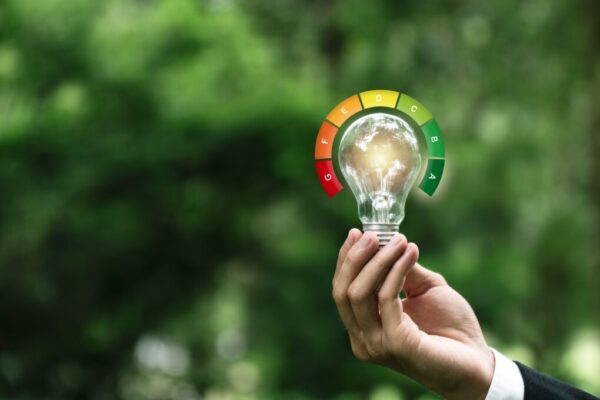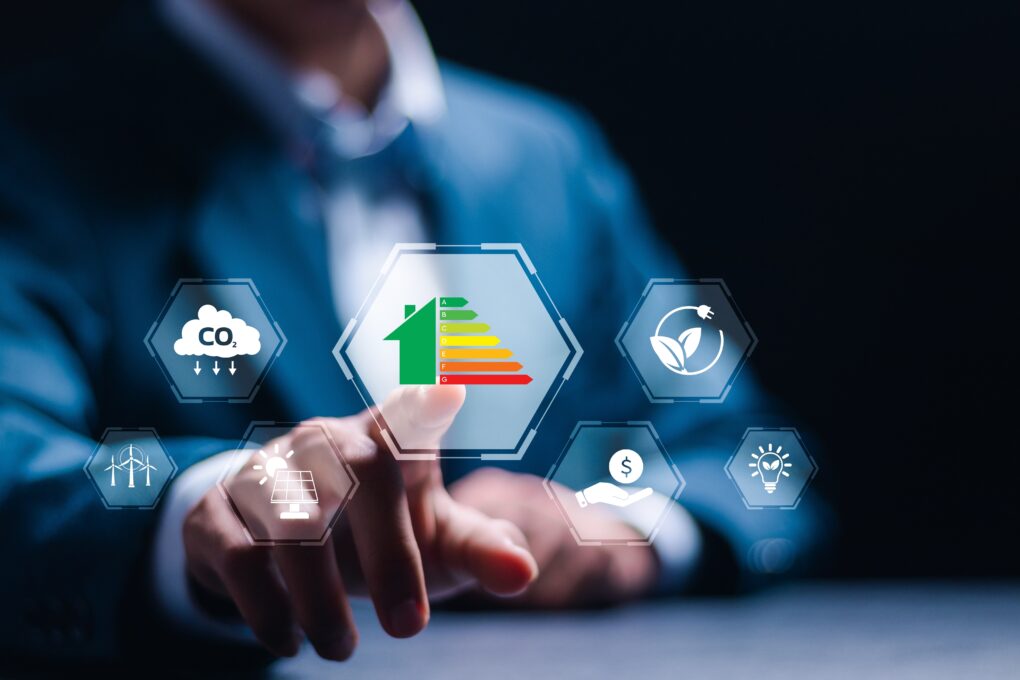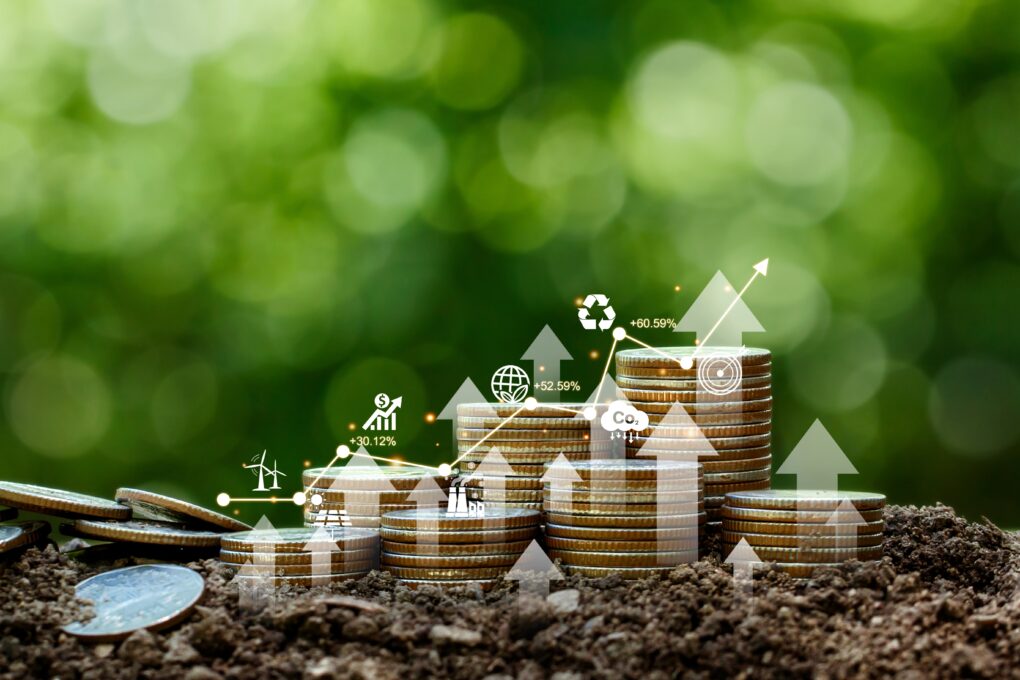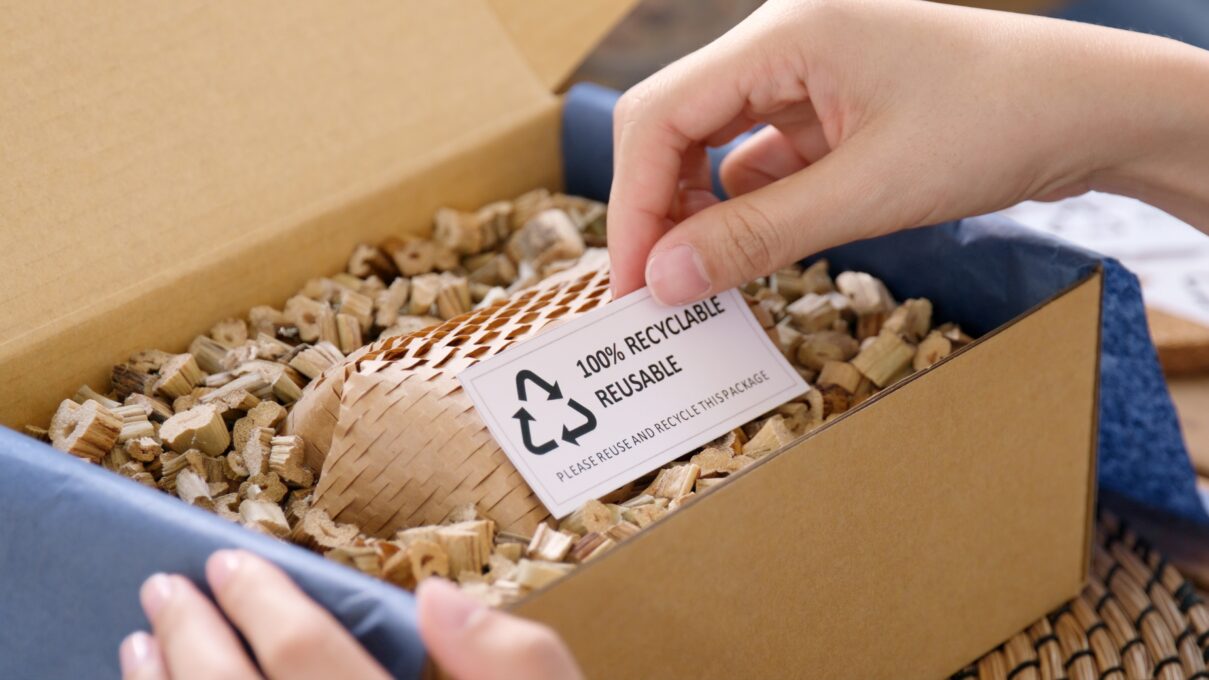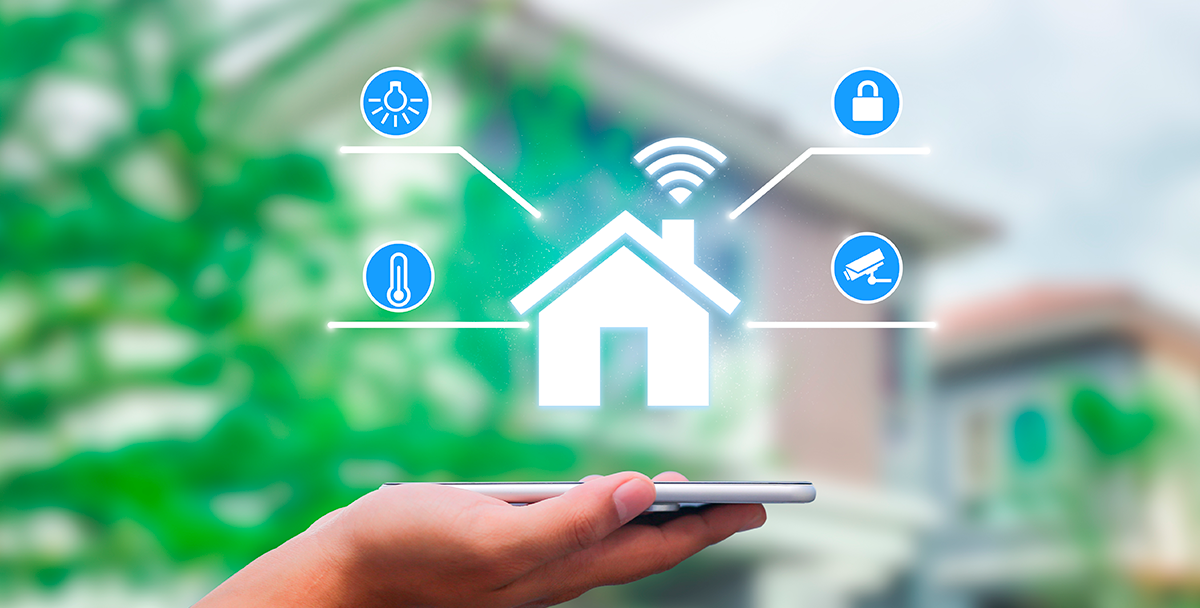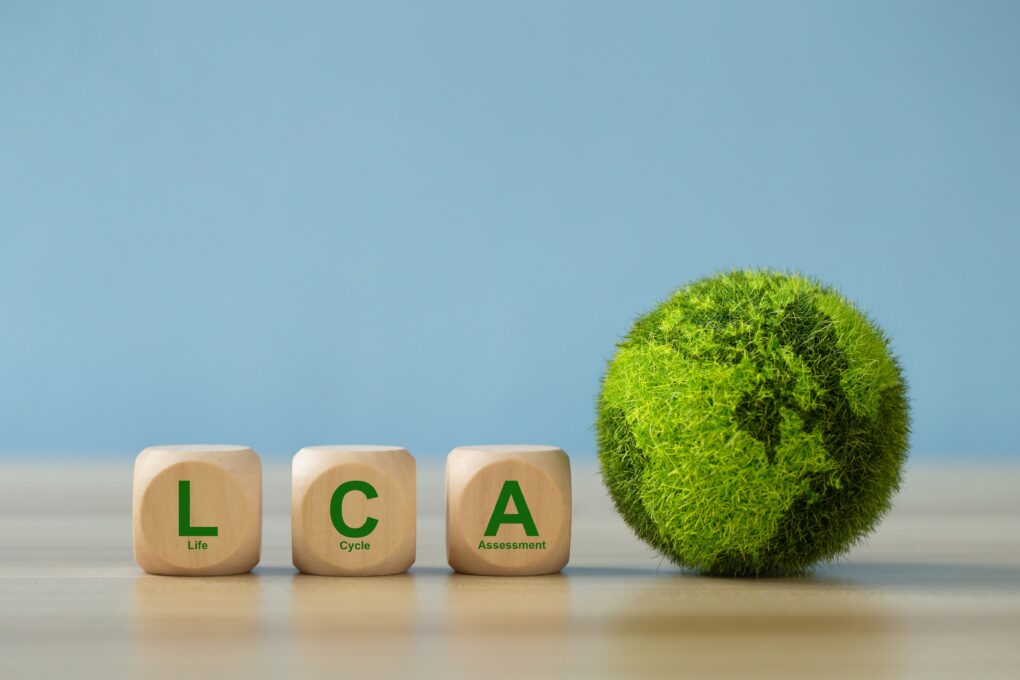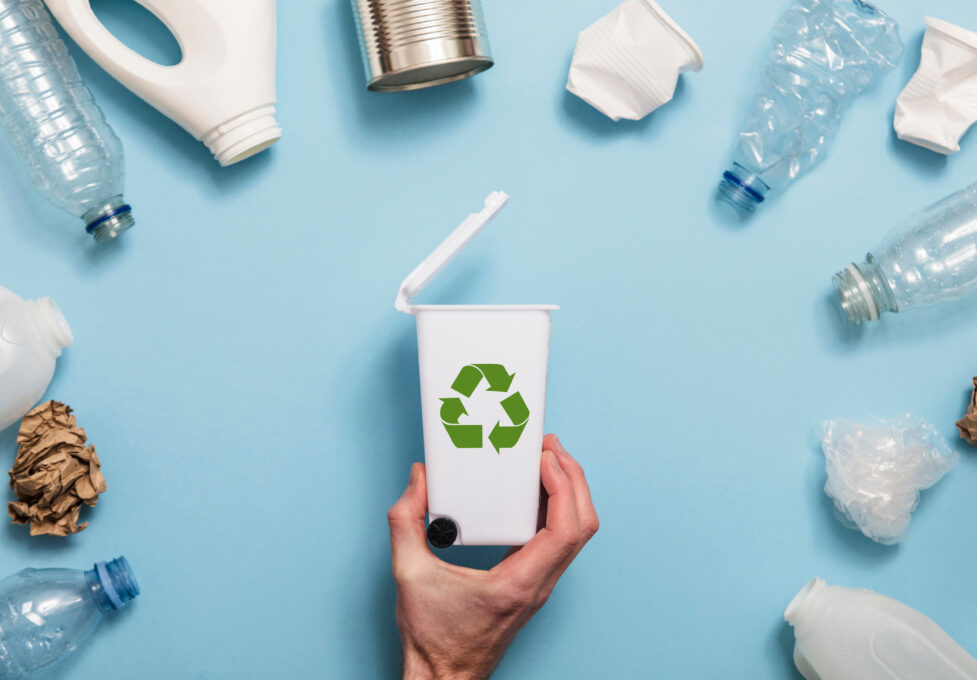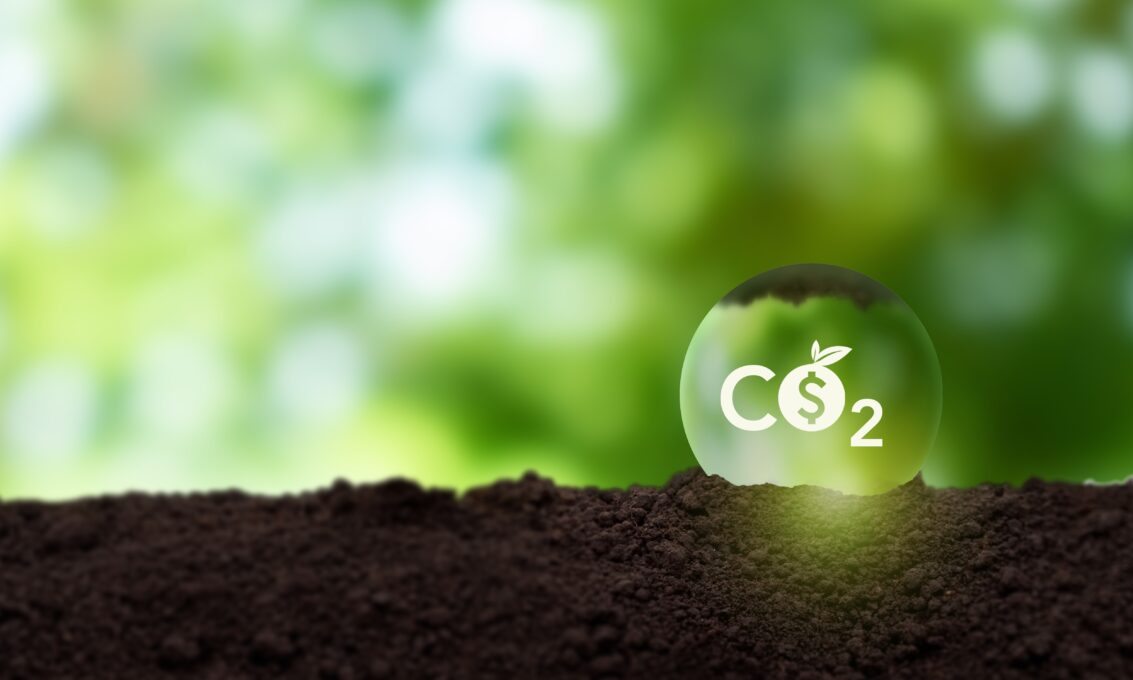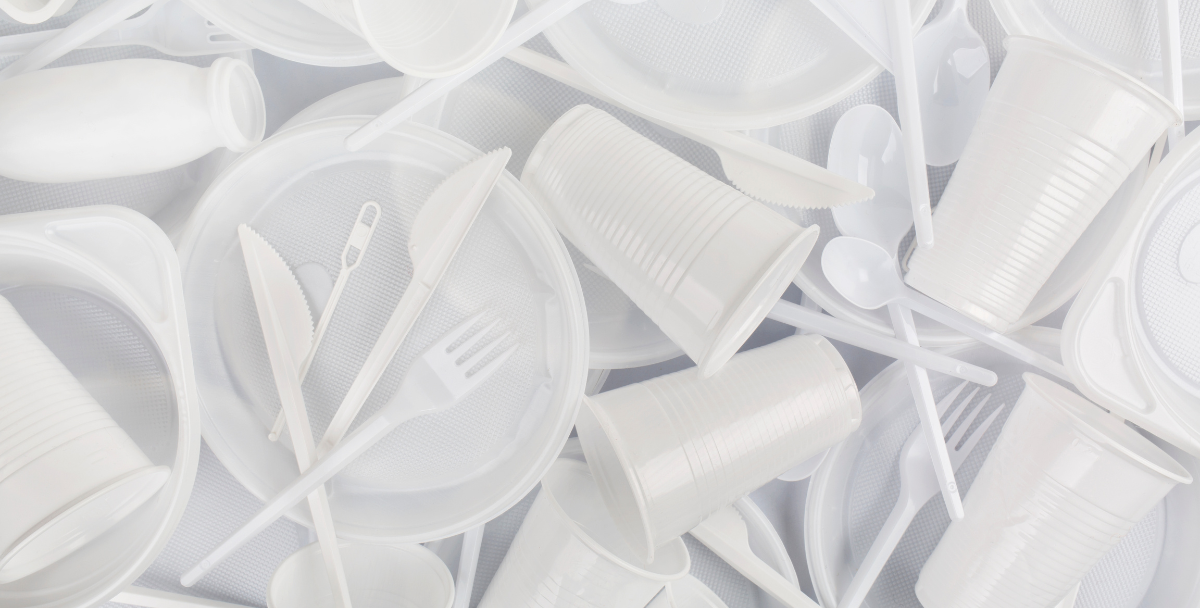The importance of energy efficiency in achieving climate goals
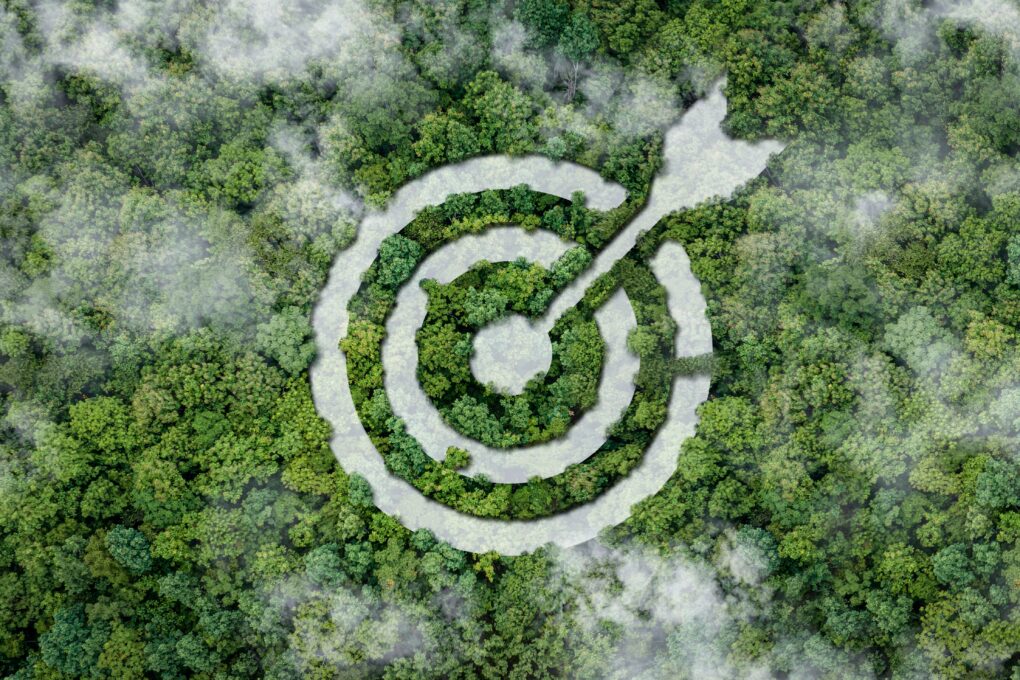
Europe is pushing towards its ambitious goal of becoming the world’s first climate-neutral continent by 2050. To achieve this, energy efficiency plays a vital role in the strategy. However, will they be able to manage it? What steps is the European Union taking to tackle this challenge?
What is energy efficiency?
Imagine that you could achieve the same results while using less energy—this is the essence of energy efficiency. For example, an energy-efficient washing machine uses less electricity and water to perform the same laundry tasks as a less efficient model. This principle applies broadly: household appliances, public buildings and large industrial processes. Improved energy efficiency translates into lower energy bills and reduced environmental impact, which benefit both consumers and the planet.
Is energy efficiency and energy saving the same?
While “energy savings” and “energy efficiency” are often used interchangeably, they have distinct meanings. Energy efficiency refers to using technology or practices that require less energy to perform a given task, optimizing energy use across various applications to achieve the same result more efficiently. In contrast, energy savings refers to the overall reduction in energy consumption, which can be achieved through energy efficiency measures as well as behavioral changes and broader conservation practices.
The role of EU policies and tools
The European Union has implemented a range of policies and tools designed to enhance energy efficiency and drive savings across the continent. Some of them include the Ecodesign and Energy Labelling frameworks, which play crucial roles in shaping the market for energy-related products.
Ecodesign
What is the Ecodesign directive? It represents a significant regulatory measure aimed at improving the environmental performance of energy-related products. In other words, it establishes minimum performance standards that products must meet before they are allowed on the market. In this way, Ecodesign ensures that only products that meet strict efficiency requirements are available to consumers.
This raises the overall standard of products on the market, but also drives innovation as manufacturers strive to develop more efficient and environmentally friendly solutions. As a result, consumers benefit from better-performing products that consume less energy and contribute to reduced environmental impact.
Energy labels
You have probably seen Energy labels on many of your home appliances. They complement the Ecodesign directive by providing consumers with clear and straightforward information about the energy performance of various products. These labels offer details on energy consumption and efficiency ratings. This easy-to-read information on the labels helps consumers to make purchasing decisions. Why? Because they can quickly compare the energy efficiency of different products, which helps them choose options that will reduce their energy bills while minimizing their environmental footprint. The simplicity and clarity of energy labels make it easier for consumers to understand the long-term benefits of their purchases, supporting the broader goal of increasing energy efficiency across households and businesses.
European Product Registry for Energy Labeling (EPREL)
The aim of EPREL is to provide both consumers and public buyers with access to detailed information about a wide range of products, including essential metrics such as energy efficiency, water consumption, durability, and reparability. This level of transparency allows users to make purchasing decisions by comparing various models based on energy performance, but also on other important features that contribute to the product’s overall cost-effectiveness and sustainability.
For consumers, EPREL helps simplify the decision-making process by offering a clear overview of the best-performing products in the market. Public buyers, responsible for bulk procurement, can use the database to identify energy-efficient products that meet the EU’s stringent standards, contributing to long-term energy savings for public institutions. The availability of this information in a centralized platform encourages manufacturers to continuously improve their products to achieve higher efficiency ratings and remain competitive in a market that increasingly prioritizes sustainability.
What is the impact on consumers?
The implementation of EU legislation surrounding energy labeling and Ecodesign is expected to deliver significant benefits, both economically and environmentally. First, it is estimated that these initiatives will result in energy savings of approximately 230 million tons of oil equivalent (Mtoe) by 2030. For individual consumers, this translates into direct financial savings, with average reductions of up to €290 per year on household energy bills.
Beyond the financial benefits, the increased use of energy-efficient products also contributes to a substantial reduction in greenhouse gas emissions across the EU. In the long run, this combination of cost savings and environmental impact positions energy efficiency as a key element in the EU’s broader strategy to transition towards a more sustainable, climate-neutral future.
What steps can I take to help improve energy efficiency?
First and foremost, to maximize energy efficiency and savings, we must start by making the right decisions and adopting energy-conscious practices in our daily lives. Understanding the tools available and making smart choices can significantly reduce energy consumption and lower utility bills. Next, let’s see several key actions consumers can take to optimize their energy efficiency:
Understand energy labels
At first, you might feel confused about all the information and different colors of the energy labels, but don’t lose hope. This is how it works: products with higher energy ratings (typically labeled A or A+++) may have a higher upfront cost but often offer better long-term savings through reduced energy use. For example, energy-efficient appliances like refrigerators, washing machines, or air conditioners lower electricity bills but also reduce the overall environmental impact due to lower greenhouse gas emissions.
In contrast, those labels with lower energy ratings (such as D or E) might be cheaper initially but tend to have higher ongoing costs due to greater energy consumption. Over time, these products can lead to increased electricity bills and a larger carbon footprint.
Use EPREL for product comparisons
Accessing the EPREL database gives users the opportunity to compare a wide range of products based on various criteria such as energy efficiency, water consumption, durability, and even noise emissions. Consumers can filter products and identify the most energy-efficient options on the market. EPREL is particularly useful for public buyers or those purchasing in bulk, as it provides transparency in product features and performance. For individual consumers, EPREL serves as a guide to find products that meet their needs and align with sustainability goals, making it easier to contribute to energy-saving efforts.
Adopt energy-efficient practices
Lastly, consumers can further enhance their energy savings by adopting sustainable habits at home. Simple actions, such as turning off unused devices and appliances instead of leaving them on standby mode, can lead to significant reductions in energy consumption. Additionally, optimizing heating and cooling systems can have a substantial impact. For example, adjusting thermostats by just a few degrees or using programmable thermostats to regulate temperatures when no one is home can greatly lower energy use.
Also, regular maintenance of household appliances is a crucial step. Ensuring that appliances like air conditioners, refrigerators, and heating systems are well-maintained helps them operate more efficiently, using less energy to achieve the same results.
The road to energy efficiency
The European Union is committed to reducing energy consumption significantly by 2030, targeting at least an 11.7% decrease compared to 2020 levels. This commitment highlights the vital role of energy efficiency in limiting the impacts of climate change and enhancing energy security.
